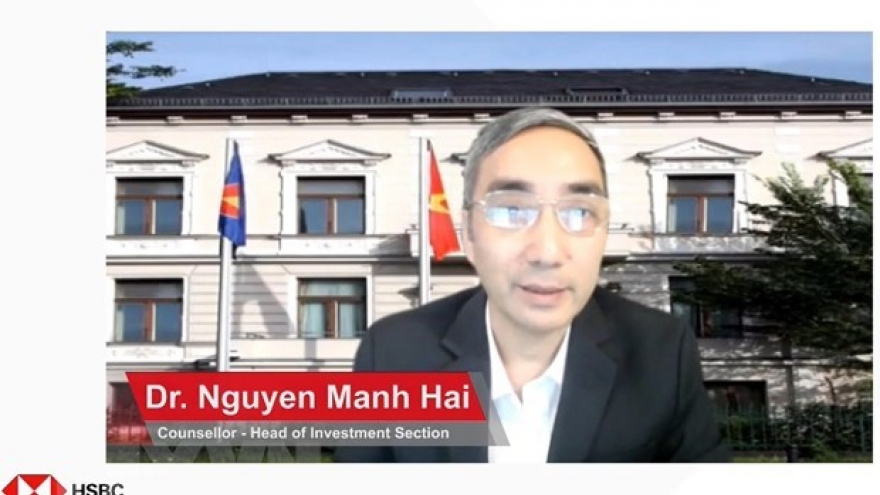EU increases imports of wooden products from Vietnamese market
VOV.VN - Vietnam's timber and wooden products to the EU market during the first half of the year surged by 36.4% to US$314 million compared to the same period last year and is projected to experience an upward trajectory ahead in the second half of the year, according to industry insiders.
Economists note that the economic rebound occurring in EU countries moving into the post-COVID-19 period will be one of the main factors that will serve to bolster the export of timber products moving forward.
Furthermore, the comprehensive and effective enforcement of the EU-Vietnam Free Trade Agreement (EVFTA) has helped local firms to receive a greater number of orders from foreign partners, especially from the US and the EU, said Bui Chinh Nghia, deputy general director of the Vietnam Administration of Forestry (VNFOREST).
The demand for repair and the completion of new houses typically increases sharply at the end of the year, thereby providing greater opportunities for wood exports to the EU market in order to meet growing demand.
Moreover, the EU’s import demand for wooden furniture featuring attractive designs at competitive prices is projected to enjoy vigorous growth in the future due to the demand for housing repairs increasing over the remaining months of the year.
Economists therefore project that there remains plenty of room for Vietnamese wood exports in the near future as the market share of Vietnamese wooden furniture in the demanding market still accounts for a low proportion.
Many experts believe that the local wood industry will be able to greatly benefit from the enforcement of the EVFTA due to substantial reduction in non-tariff barriers, origin traceability and reputation for Vietnamese wood brands.
The import of cutting-edge machinery and equipment through the EVFTA will also help to increase the productivity and competitiveness of the Vietnamese wood industry in the EU market.
Insiders anticipate that the export of timber and wood products will face numerous challenges amid ongoing complicated developments relating to the COVID-19 pandemic in the EU market, leading to high costs in terms of logistical services and imported raw materials, as well as a shortage of empty containers.



